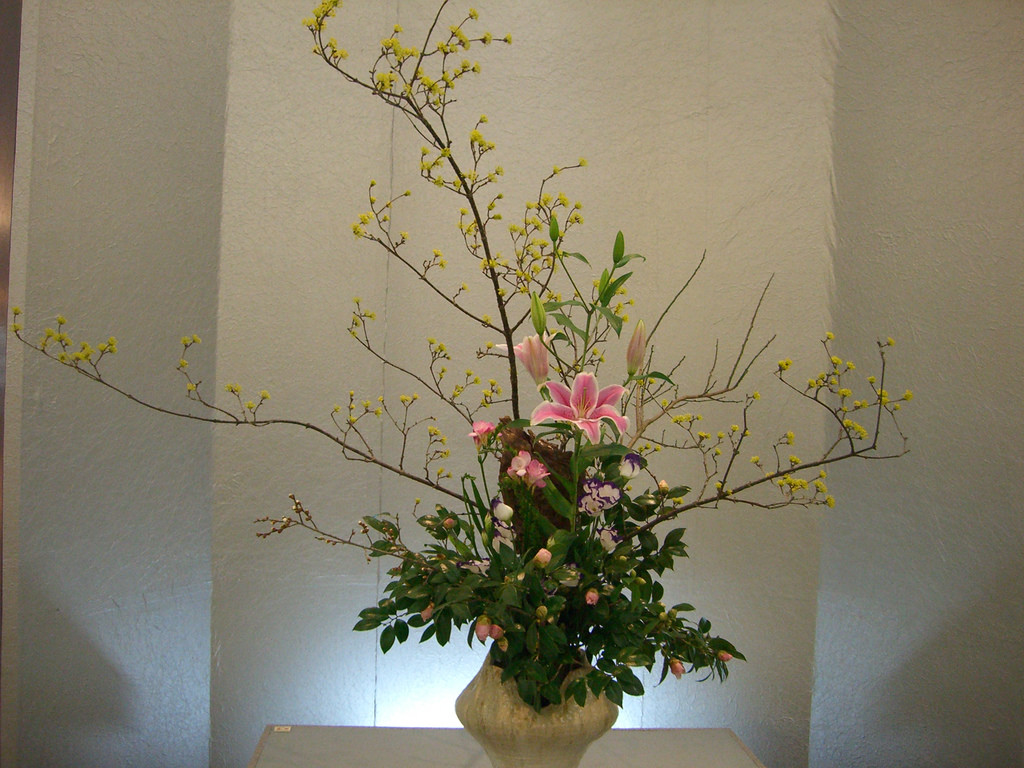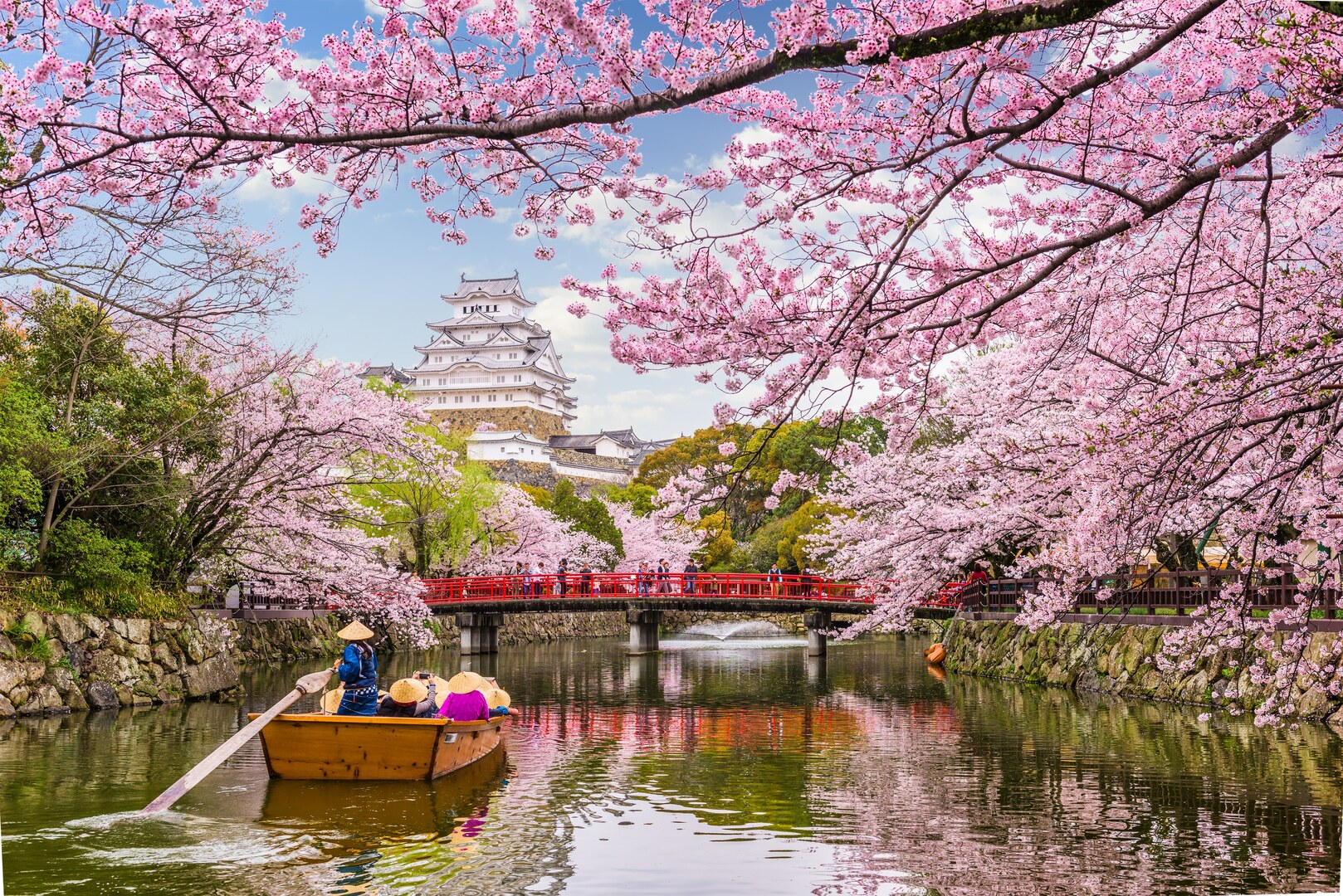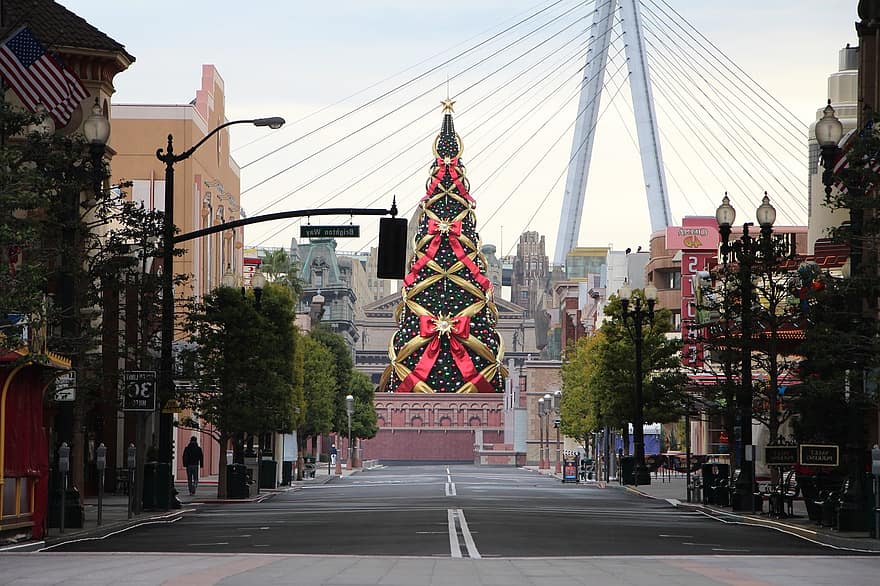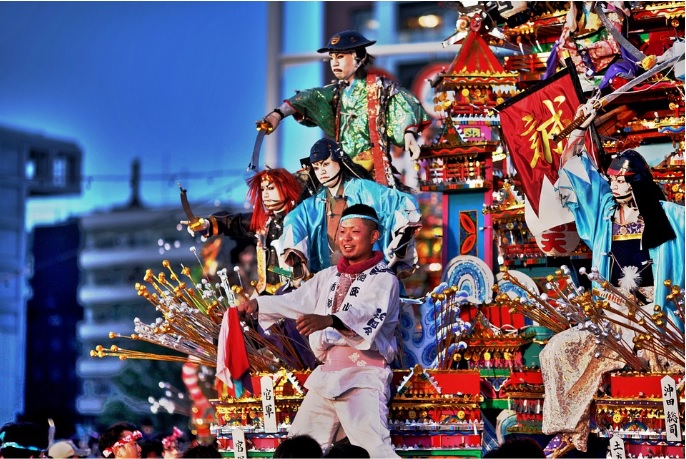
The Japanese has a high and deep love and appreciation for nature. From mountains to trees, and even flowers, they have cultivated a strong bond with their environment. That’s where ikebana came from -- appreciation of one’s beauty.
Ikebana is the traditional art of arranging flowers in an aesthetic manner. Compared to a typical flower arrangement, ikebana is different in a much broader sense, as it aims to emphasize shapes, lines and form. It is a type of creative expression bound by a set of rules upon its construction. It has been practiced for more than 600 years now, as it began in the ritual of Buddhists to have flower offerings for the dead. Not until the 15th century that ikebana developed more styles and patterns.
Deemed to its meaning, ikebana focuses more on the usage of stems and leaves rather than the flowers themselves. However, a person has a choice of what materials to use: whether it’s stem, leaves, flowers or branches. While this is possible, it still requires a careful selection of materials and an artistic eye to get the results you wanted.
Over the course of time, ikebana developed numerous types of arrangements such as rikka (standing flowers), seika (living flowers), nageire (flung flowers) or the usage of bowl-shaped vases, and the moribana (piled-up flowers) usage of dish-like containers.
Ikebana also reflects a certain spiritual sense, as the person who does Ikebana are usually in total silence as they are connecting themselves to what they’re doing while appreciating the nature’s fine elegance.
While it seems easier to look at, putting up an Ikebana actually requires a discipline and mastery of skills. The oldest school teaching ikebana is the "Ikebono," which started around the year 1500 by a priest in Kyoto. The priest was said to be skilled in doing flower arrangements. In the present day, there are over 3,000 schools all over Japan that teaches ikebana. It is getting popular among the young and adult women as it relieves stress while engaging themselves to a new hobby.
And just in case you are wondering, men can do ikebana, too. In fact there are more men flower arrangers than women. Enroll yourself to an ikebana class now and appreciate the beauty and wonder of Japan’s nature.
Photo by Nullumayulife. Licensed under Creative Commons.





